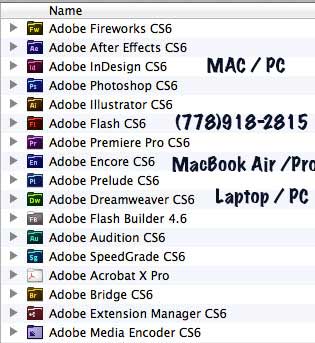

Other proprietary tools such as live user playback, real-time suggestion boxes and personalized user surveys can provide your business with the information on how best to interact with users and what services they are looking for.Īdditionally, you can set up attribute-based filters based on visit length, page views, country, device and more - individually or in combination - to drill down deeply on specific segments and types of users.

Depending on your plan, each heatmap experiment will allow you to see where users click, move or scroll on your site - giving you an inside glimpse into their behavior patterns. HotJar is an excellent tool for understanding how your users interact with your website from a high level.Īs a heat mapping tool, you get the functionality of click, cursor movement and scroll-depth mapping.

There are some invaluable and useful ecommerce tools to help analyze your current conversion rate issues, including: HotJar. Tools That Can Help Improve Ecommerce Conversion Rates Note that more page views can mean more engagement or a lack of clarity in your conversion funnel if no conversion is present. This metric measures total pageviews per session duration. Optimization for AdWords or email marketing campaigns often focuses on getting more users to click through to your website and take action - or even engage on social media.Īverage session duration is an engagement metric that gives you a general idea of how long people are on your site.Ī high bounce rate means a low average time on site - visitors aren’t sticking around long enough to convert.Īverage Page Depth (AKA Pages Per Session in Google Analytics).Īverage page depth is an engagement metric that tells you how many pages a potential shopper visited before leaving. Your exit rate lets you know the last page users view before moving on.Ī very high exit rate on a specific page can be a red flag - this is one metric you can look to drive down with landing page optimization.Ĭlick-through rate is the number of people who click a link to your website from an ad or email. Moving these metrics in the right direction will generally help your overall store conversion rate.īounce rate is the percentage of people who leave after viewing a single page.Ī high bounce rate is not ideal since they indicate people aren’t finding what they’re looking for in your store, and are leaving immediately after landing on your site.Įxit ate, often confused with bounce rate, is the percentage of people who leave after viewing the page. This applies whether you are just starting up and running the whole show yourself or if you are an ecommerce manager or marketing director who has signed up to hit massive goals and KPIs for the year.įirst, let’s begin by defining a conversion – which often has a different definition business to business.Īdditional Metrics to Help Measure Ecommerce Conversionsīeyond how well your store converts, a few other metrics matter when discussing conversion.

However, It is important to remember that conversions don't just happen - businesses need to prioritize them and, perhaps most importantly, optimize for them. and the UK, almost 90% of personalization efforts result in a positive ROI. In fact, according to a survey conducted among marketers in both the U.S.
#A place to buy a smart converter near me how to
Using conversion rates to understand how to optimize your website correctly can significantly raise your ROI. These processes center around conversion, which is just about the most important metric you'll need to watch as you plan on building your business and increasing revenue.Ĭonversion rates - and the personalization that goes along with them - are among the most valuable tools for ecommerce organizations to measure return on investment (ROI). In an increasingly competitive digital buying world, there are some dos and don'ts to encourage customers to buy items from your business.


 0 kommentar(er)
0 kommentar(er)
